As any landscape photographer knows it’s easy to be overwhelmed and enthralled by the natural beauty we see around us any time we are out in the field. With this comes the temptation to want to include many elements that you see in any given scene. When done right having a mixture of a handful of primary and secondary subjects can make for a compelling and engaging photo. Yet often less is more, in this case much less.
I have talked about this with abstracts or art in nature type photography and the ability to put on blinders to all the “noise” around a much larger scene to isolate a small scene or something off in the far distance with a telephoto. The same can be said in general relating to any scene whether you are using a macro, wide-angle, or telephoto lens.
In all of these examples I have taken extra effort to subtract elements, often just outside of the frame, for these purposefully composed photos. It would have distracted from the more simple beauty I was trying to convey had there been additional elements included.
When a photo has only two or three elements and or plenty of open space I am of the opinion this allows for a different type of daydreaming and personal interpretation from the viewer, at least based on my personal experiences. It lets the mind wander into the scene in a different way than a more complex photo with numerous elements competing for your attention. Truly it comes down to a minimalist approach.
My work that falls into this category often is influenced by a number of photographers I have read about or viewed their work over the years such as Guy Tal, Scott Reither, and Rohan Reilly. Yet one that still sticks out for me near the top is Murray Fredericks. If you haven’t seen his work before you definitely should. I referenced his documentary SALT in a prior blog post years ago covering inspiring photography-related movies. I was enamored by his work watching that movie. While I am not dragging around an 8×10 in the middle of a remote desert playa like he is, I have thought about his work when I end up with a photo that falls into the look and feel displayed in this post.
Truth be told I am writing this post in part to re-inspire myself. I really enjoy the elegance of a simpler scene done right. I seem to find them quicker in urban scenes yet for me it can take more effort to find them in the rugged jumbled beauty of nature. I am going to be on the hunt for more of these as I head out in the weeks and months ahead.
The question you might be thinking is what techniques help increase the chances you can capture photos like these, and here are some thoughts. One or more of these techniques were taken into account when creating the photos you see on this blog post.
Slow Down – View the scene thoroughly with your eyes or phone camera before taking the effort to bring out another camera. Once you do decide it’s worth trying to compose, using a tripod is a way of slowing down since the act of setting it up makes me think of the scene more.
Count – Take time to count the number of elements in the scene. Chances are if you get above 3 you might realize it could be refined even more if you are going for a more minimalist look. See if there is an additional element(s) that can be removed through a different composition.
Virtual Gardening – If there are one or more distracting “weeds” in an overall compelling scene, see if there is any way to make minor adjustments in the field. If the item is small enough software might be able to take care of it during processing. While it might be okay to adjust small non-living elements in the field you don’t want to do anything that truly disrupts the landscape, alters living elements, or will cause harm.
Open Space – Remember to leave plenty of open space in the photo. If it feels like the frame is full corner to corner, or busy, then you need to spend more time refining the composition. In most cases, there should be at least a portion of the photo that feels open or empty at first glance.
Consistent Sky – While having dramatic skies is something we often seek with landscape photography it doesn’t always need to be there with minimalism as the end goal. In fact, a crystal clear sky or densely cloudy overcast sky might work to your advantage. It helps simplify the overall scene.
Panning – The resulting effect of panning can smooth a transition or blur elements together can give more of a minimalist or simplicity feel to it.
Low Horizon – Placing the horizon of the image low to the ground will help give a large open space to daydream or gaze into. This creates a much different feel than having the horizon line further up the image composition.
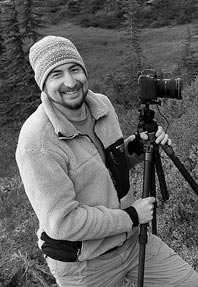
Location: Portland, OR
Website: www.adrianklein.com
Adrian Klein has a passion for the outdoors and landscape photography that is endless. He has traveled the parks, shorelines and wilderness capturing images that represent each area through his own artistic eye from the curbs to the far off trails.

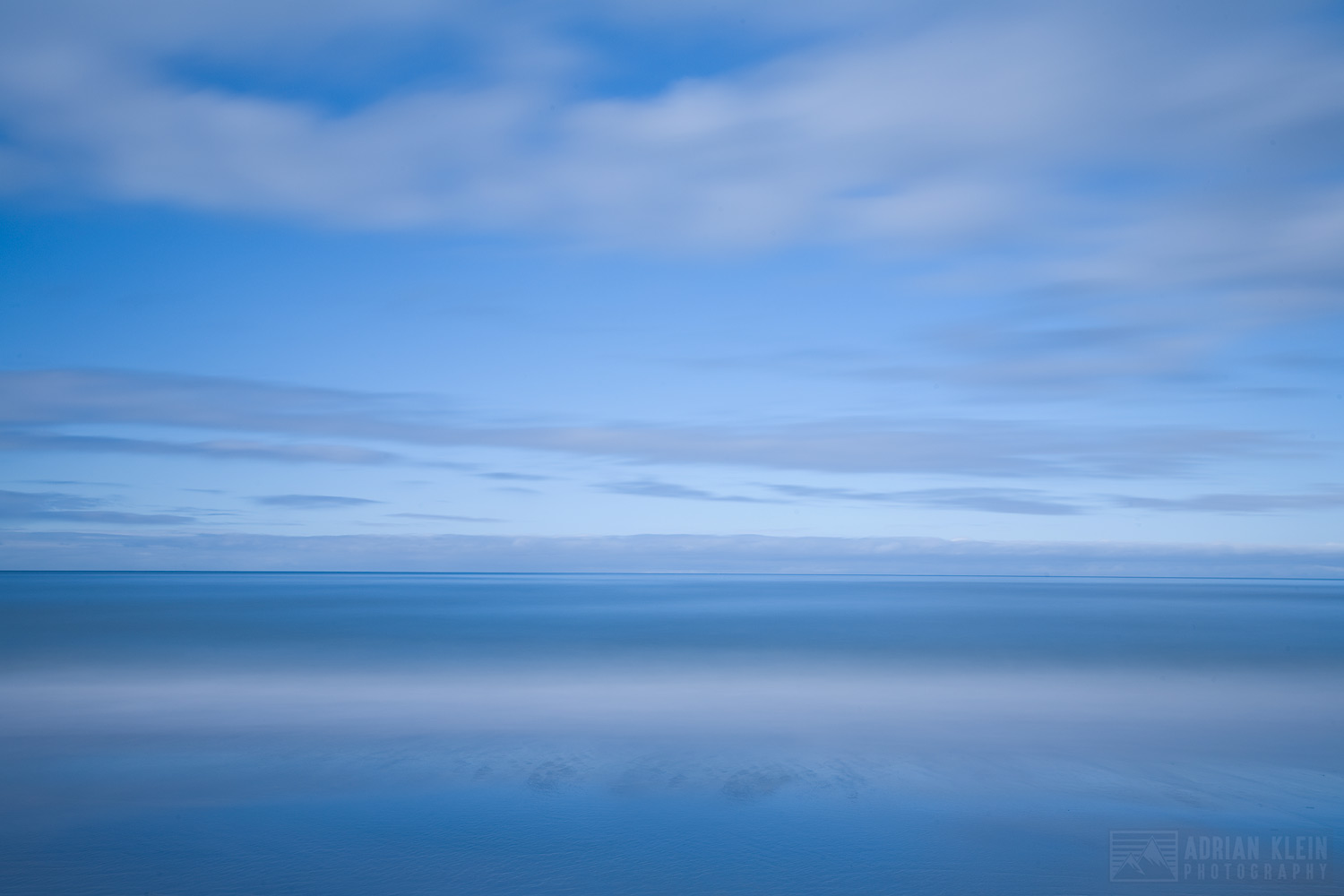
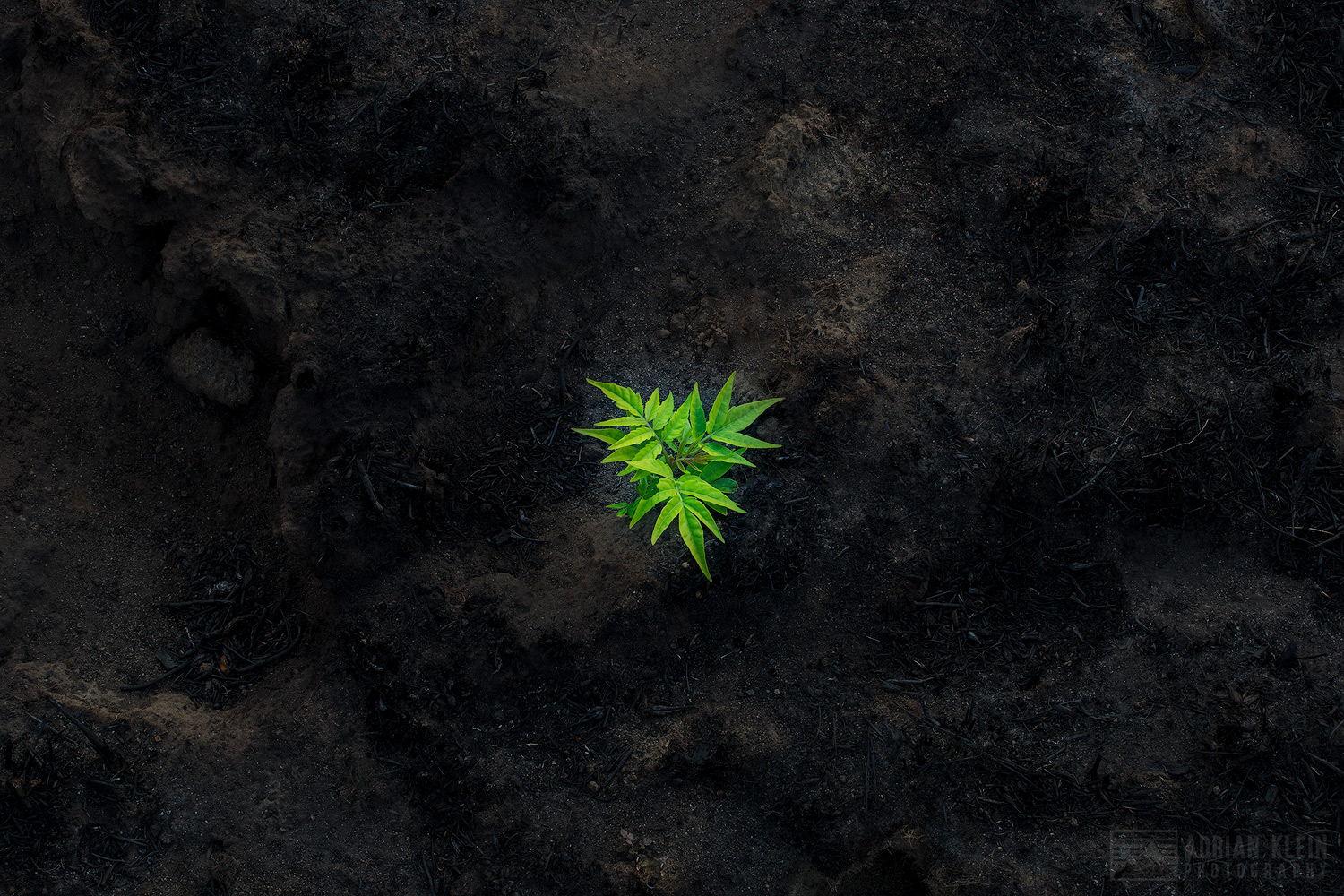
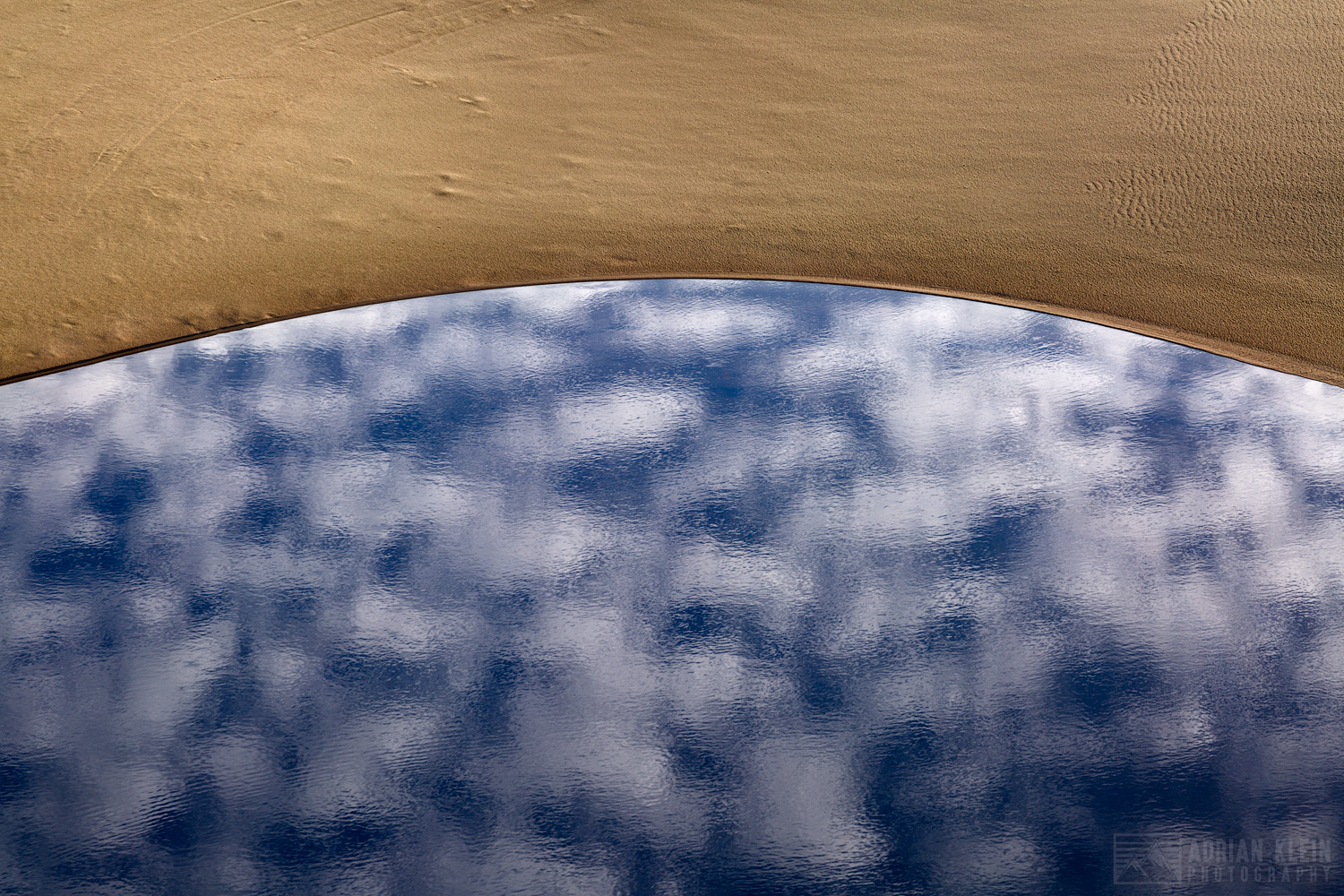
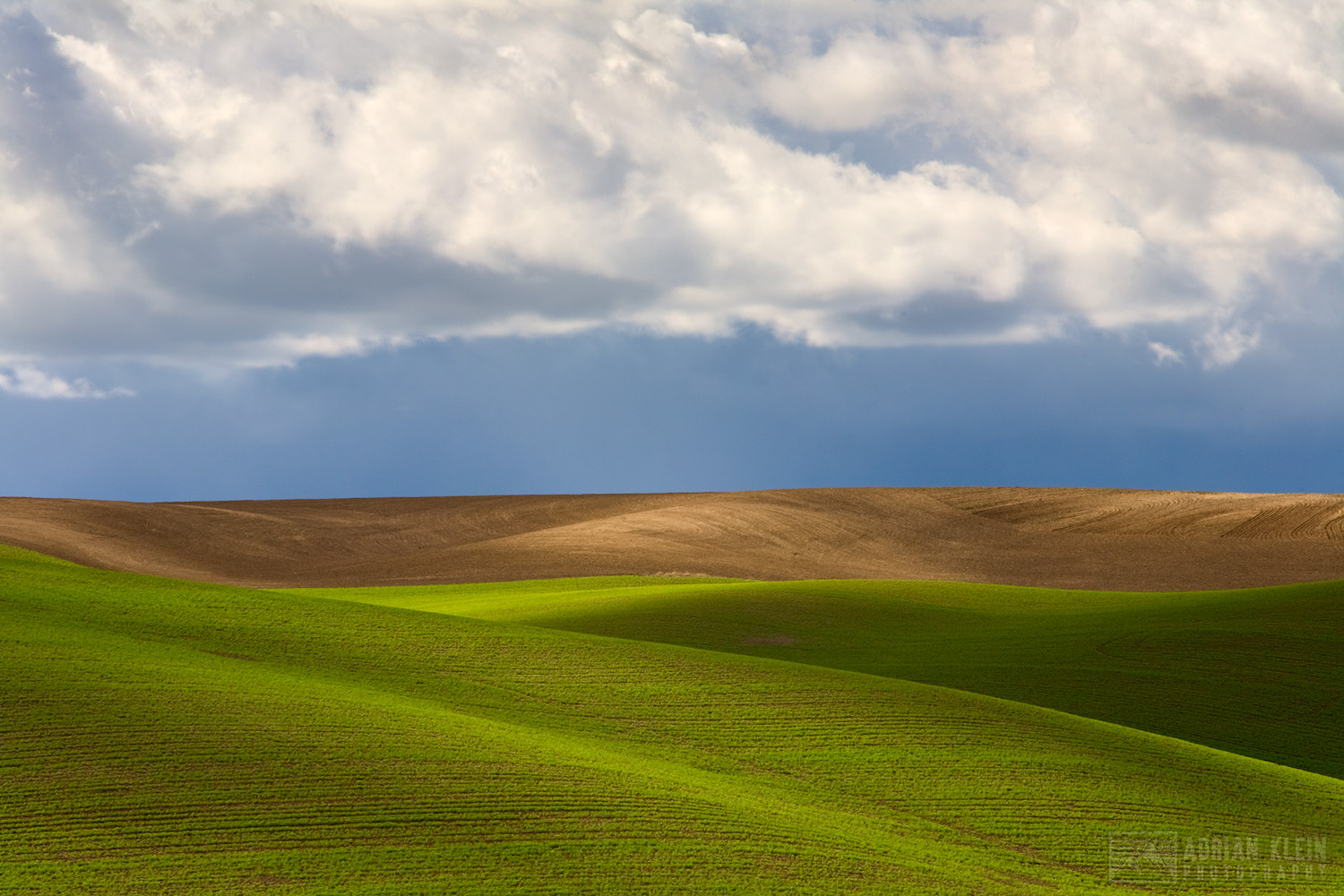
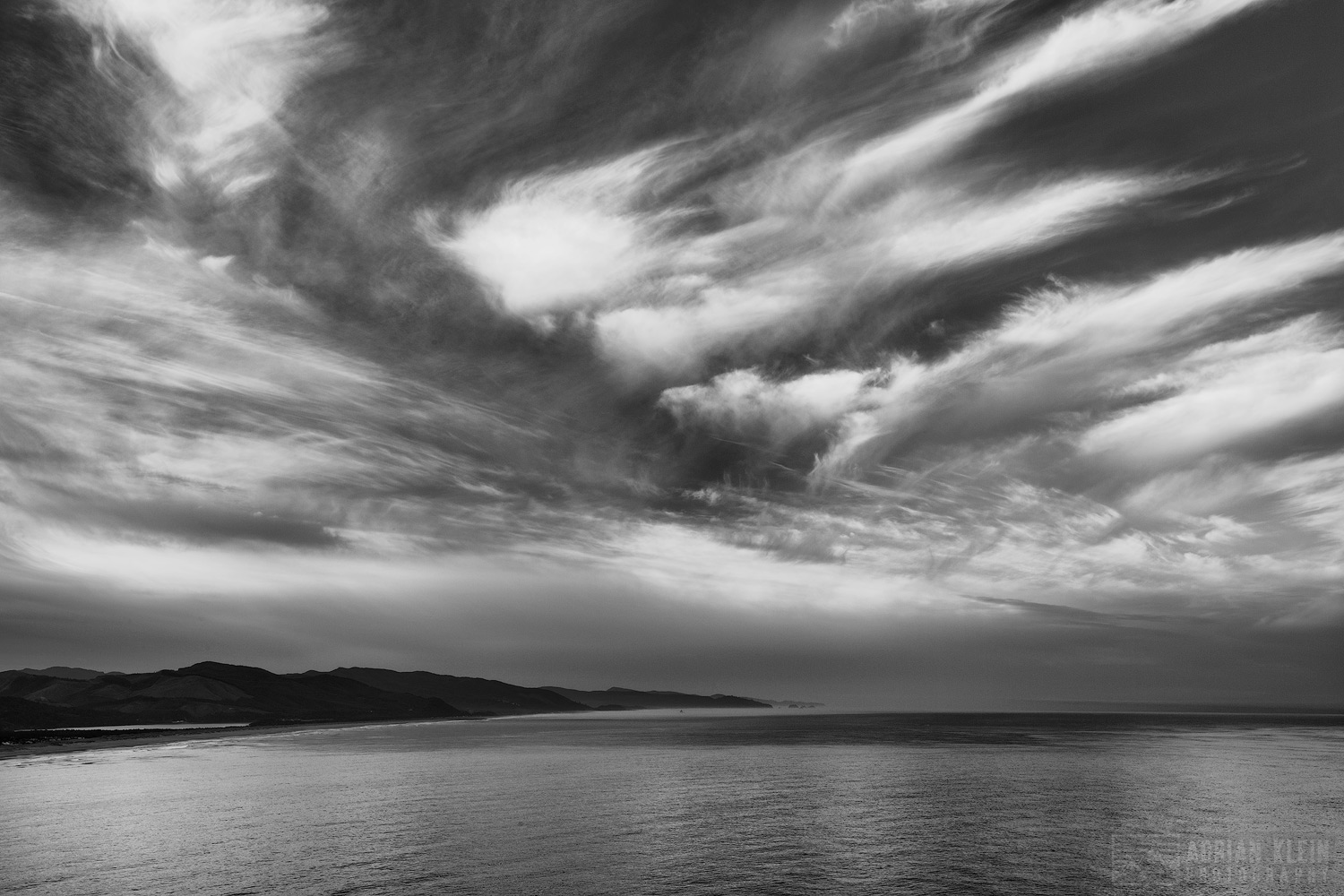
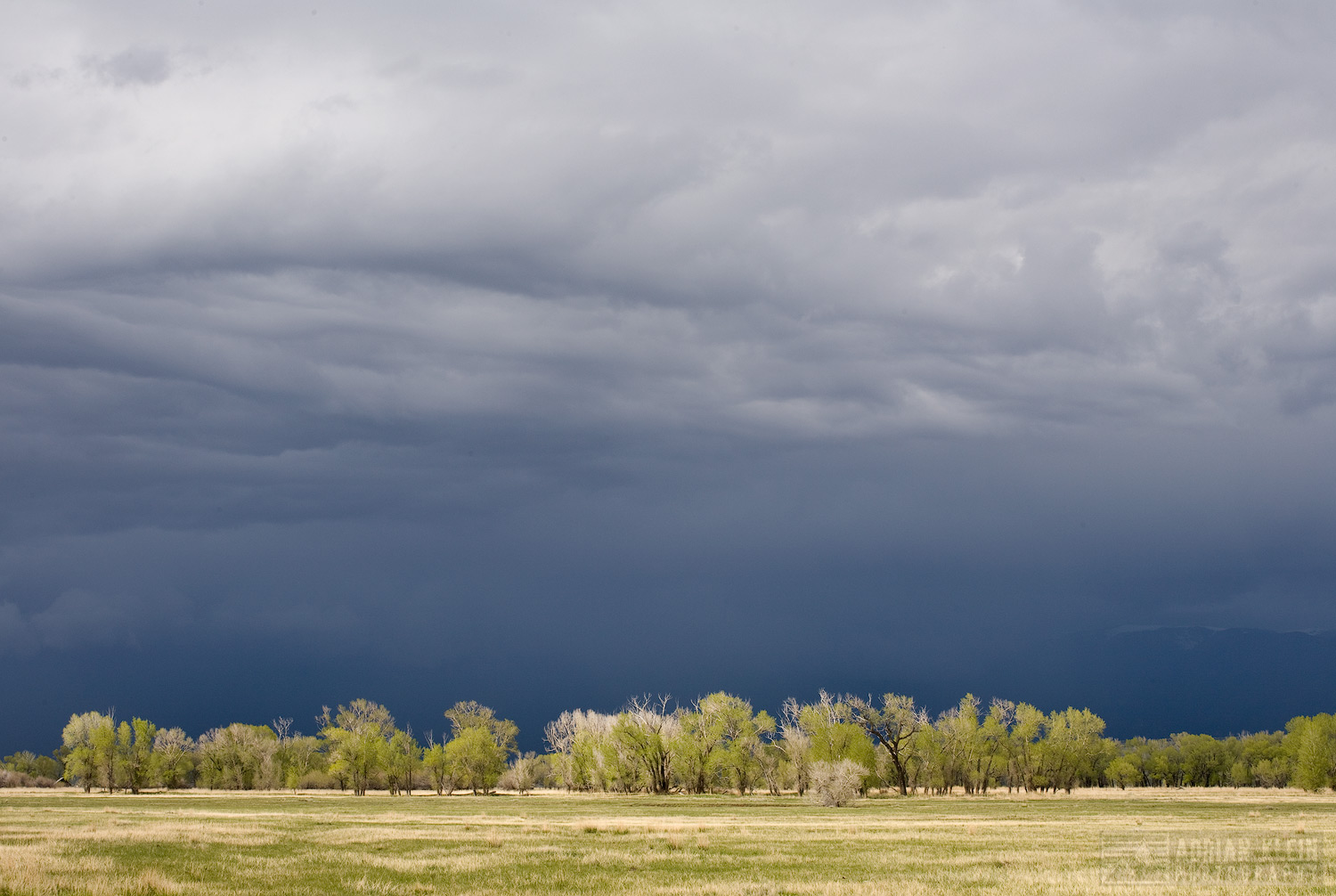
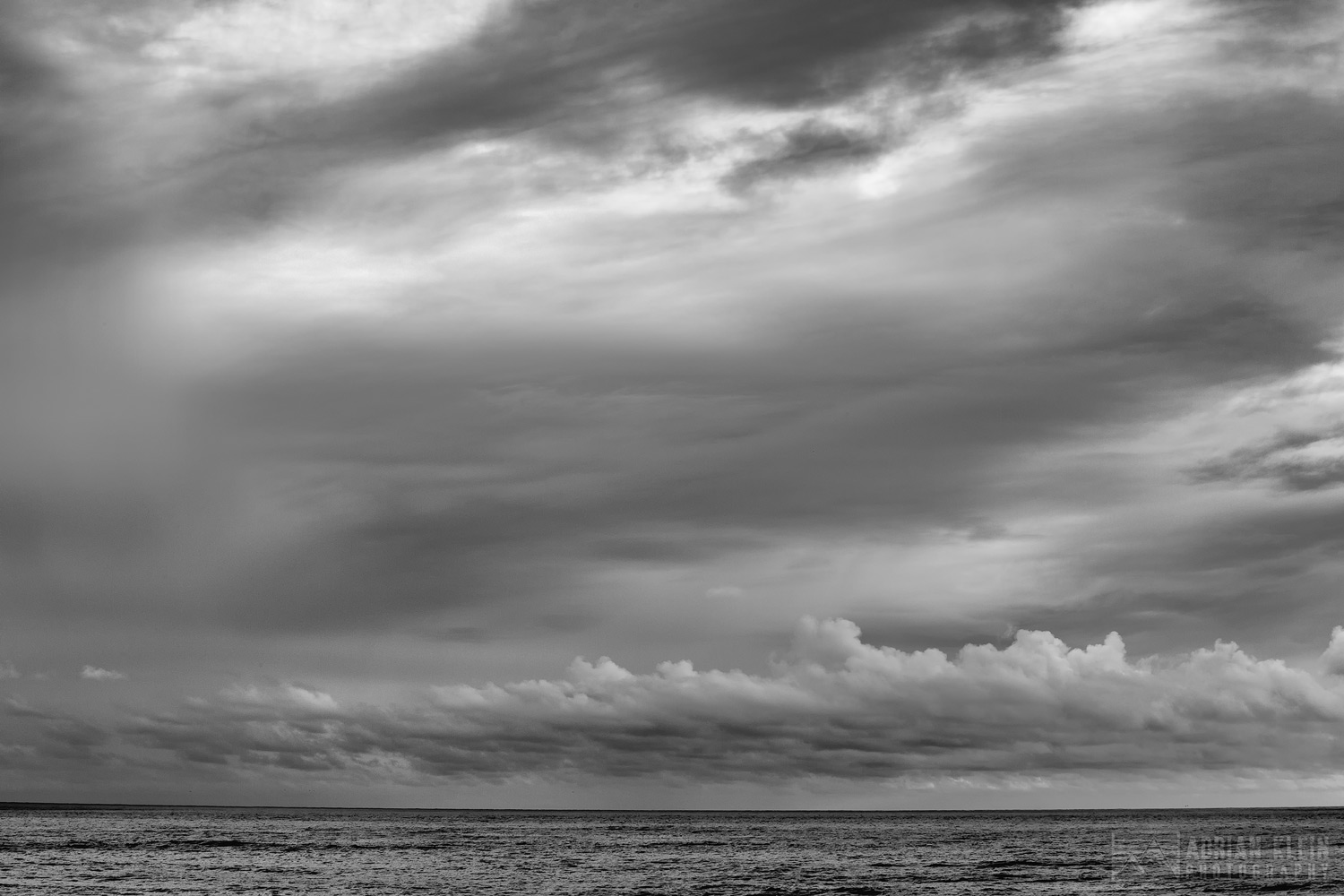

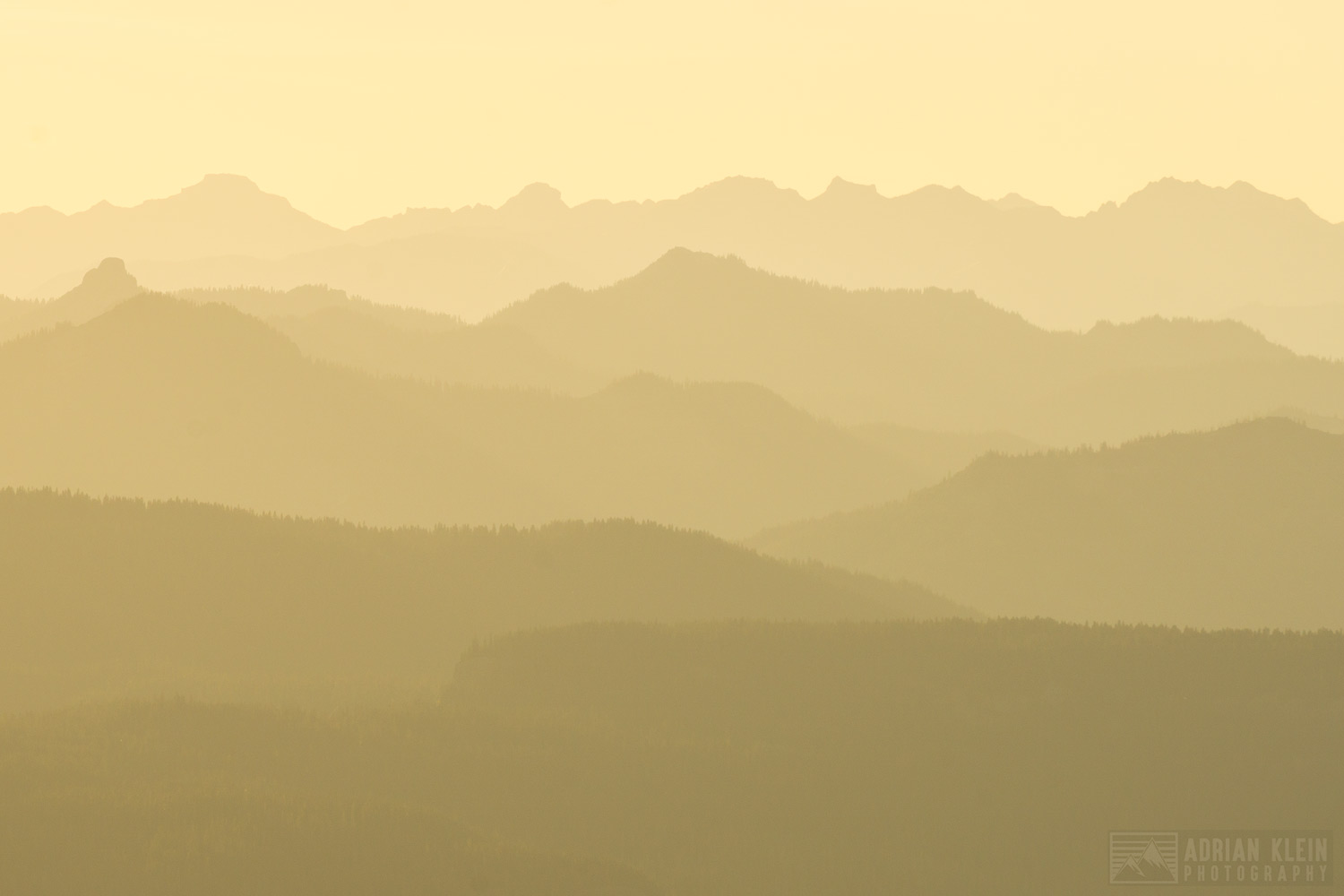
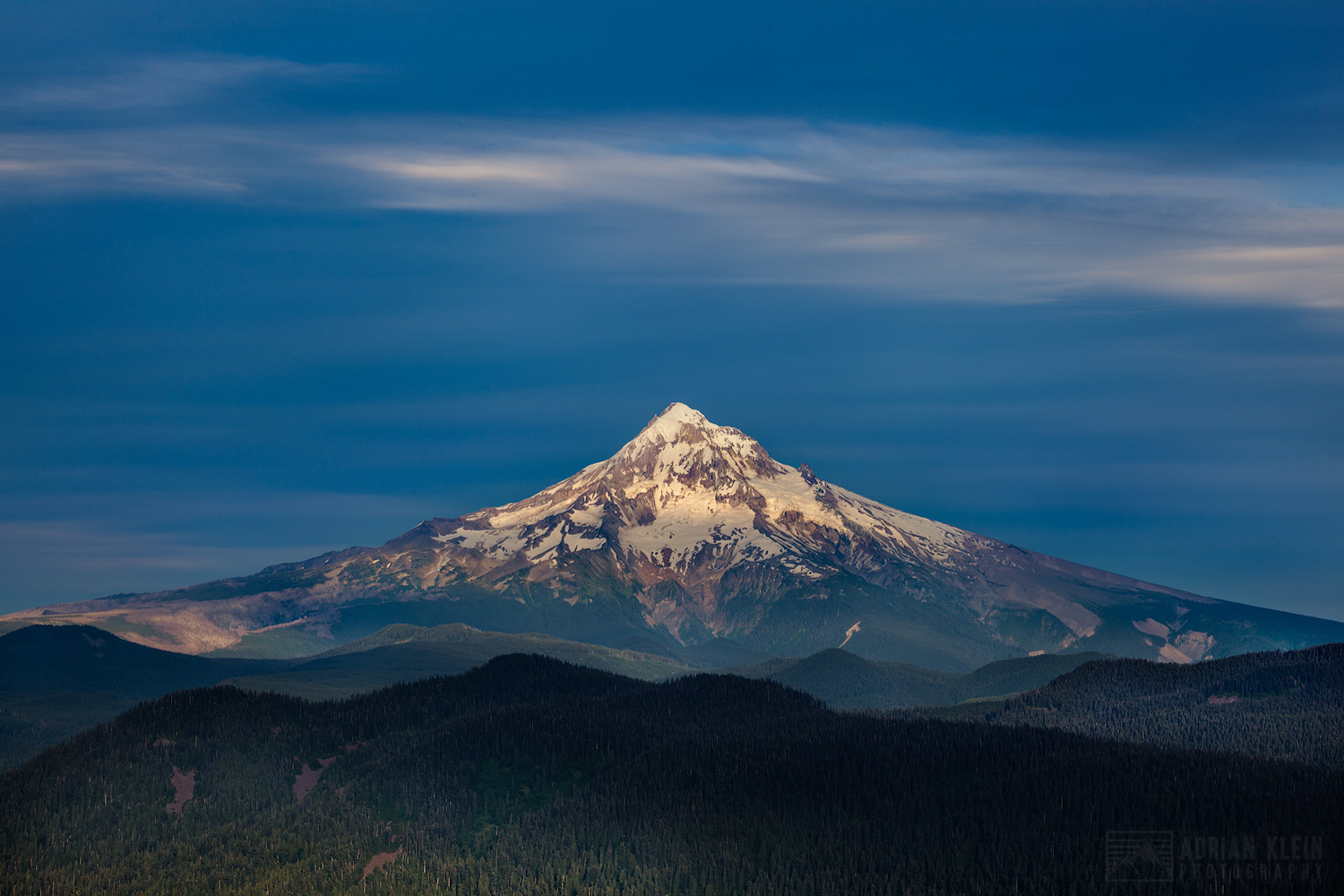

Recent Comments